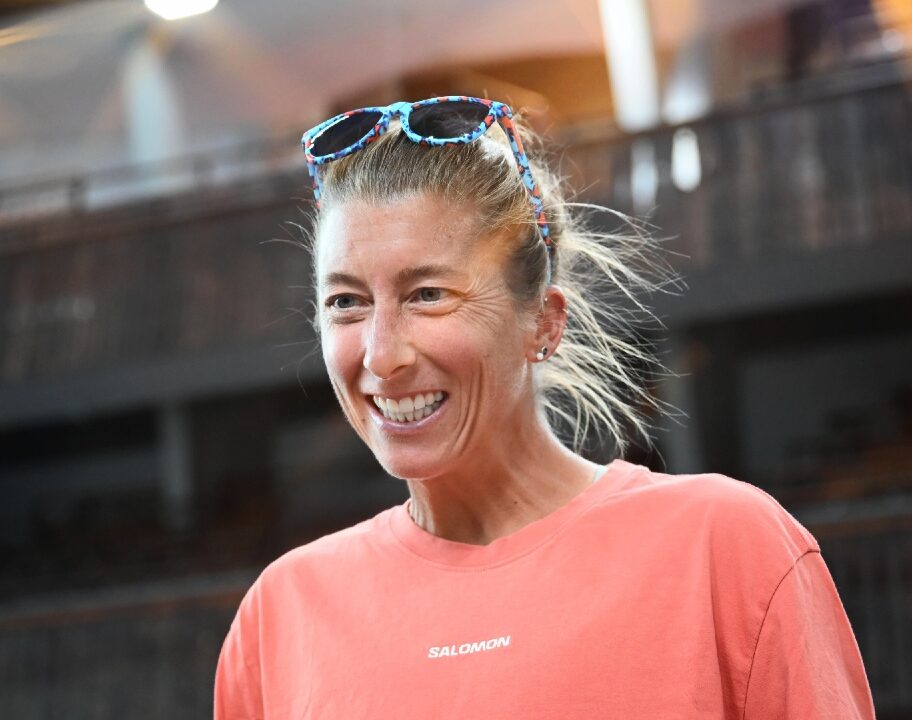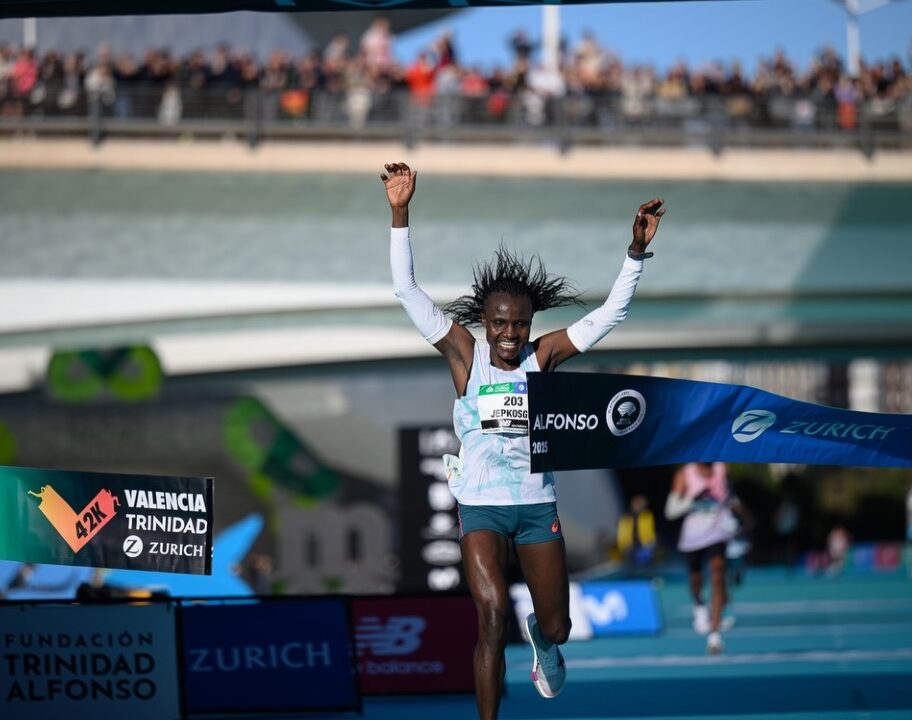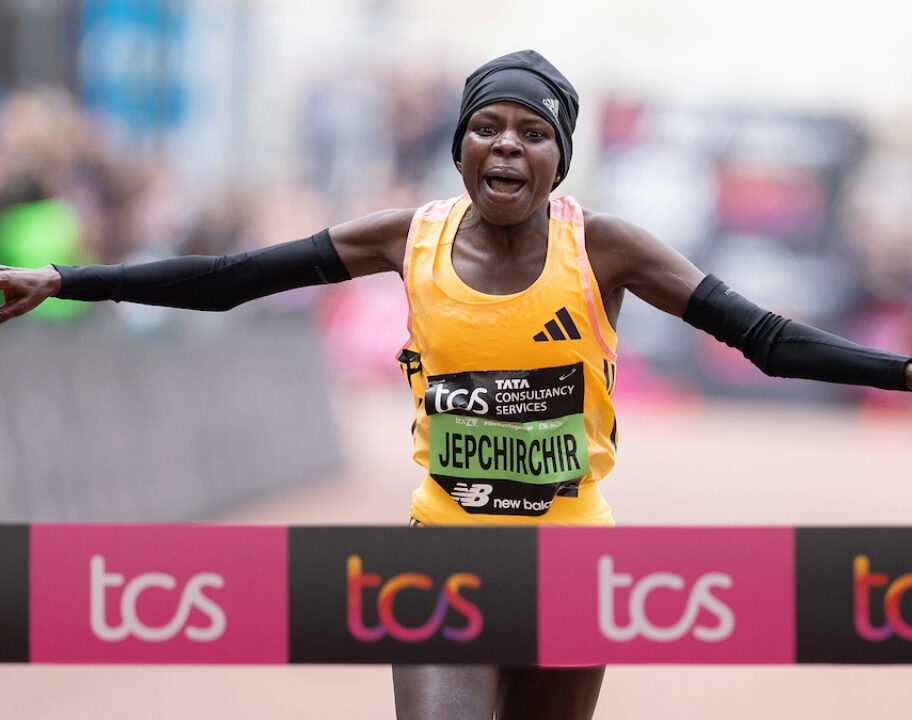Training for a summer ultra or just making the most of the long daylight hours to explore new trails; time outdoors in the sunshine is one of the many upsides of being a runner. But all those long hours out running – especially in the summer months when UV radiation is particularly high – come with a risk. We’ll often think about staying hydrated and keeping on top of our electrolytes when we train in the heat. But what about taking care of your skin?
A 2023 literature review on skin cancer risk and sun protection knowledge in athletes published by the National Library of Medicine showed that “despite the risks, outdoor sports participants seem to not protect themselves from the sun adequately…. Although knowledge about the risk of malignant skin lesions was satisfactory, the sunburn rates were very high.”
We take a look at the risks to be aware of when you’re training outdoors, including the impact of training at altitude and sweating. And share some tips on how to mitigate the risks of sun-related skin damage. So you can make the most of your summer running adventures – but stay safe and avoid long term harm.
Are runners at a higher risk of sun-related skin damage?
Those regularly participating in outdoor activities are, naturally, getting more sun exposure. Which is great for topping up those all-important vitamin D levels. But in turn can lead to a higher risk of developing skin cancer as a result of UV damage. Research notes that along with higher levels of UV exposure, “activity-induced immunosuppression and increased skin photosensitivity due to sweating also work against athletes.” And while it’s been found that knowledge of the risks of UV exposure is generally pretty good, the use of sunscreen and other protective measures is often inadequate – with high prevalence of sun burn.
A study* investigating sun protection knowledge and behaviour in athletes found that out of almost 2500 runners surveyed – only 23.5% were practicing adequate sun exposure and protection behaviours.
“The most popular photoprotection technique among runners was wearing sunglasses. Regarding sunscreen cream, 49% claimed that they forgot to apply it, and 17.3% felt uncomfortable wearing it.”
And while most of us know that we need to be regularly applying sunscreen during training, and on race day, there are certain additional risks that we might not be aware of.
*Skin Cancer Risk, Sun-Protection Knowledge and Behavior in Athletes—A Narrative Review, Kliniec et al 2023
Sweating can increase your risk of sunburn
It might seem fairly obvious that sweating during your training is going to reduce the effectiveness of your sunscreen, which is why it’s so essential to use a sunscreen which is sweat-resistant as well as water-resistant. But it’s also important to note that sweating may also increase the photosensitivity of your skin, which could further increase the risk of sunburn.
A review of the literature* around knowledge and behaviour related to sun exposure in sportspeople states: “It is important to also mention that sports that involve increased perspiration require more photoprotective measures as sweat can influence the hydration of the corneal layer of the skin, causing less reflection and dispersion of UV light and increasing the risk of sunburn.” Therefore, forgetting to reapply your sunscreen during a long training day – or not applying it in the first place – can carry an increased risk of skin damage.
*Knowledge, Behaviour and Attitudes Related to Sun Exposure in Sportspeople: A Systematic Review, Fernandez-Ruiz et al 2022
Is UV more intense at altitude?
Endurance athletes will often head up to altitude to train, with the benefits including increased red blood cell production and a boost to aerobic capacity as a result of training in an environment with lower atmospheric pressure.
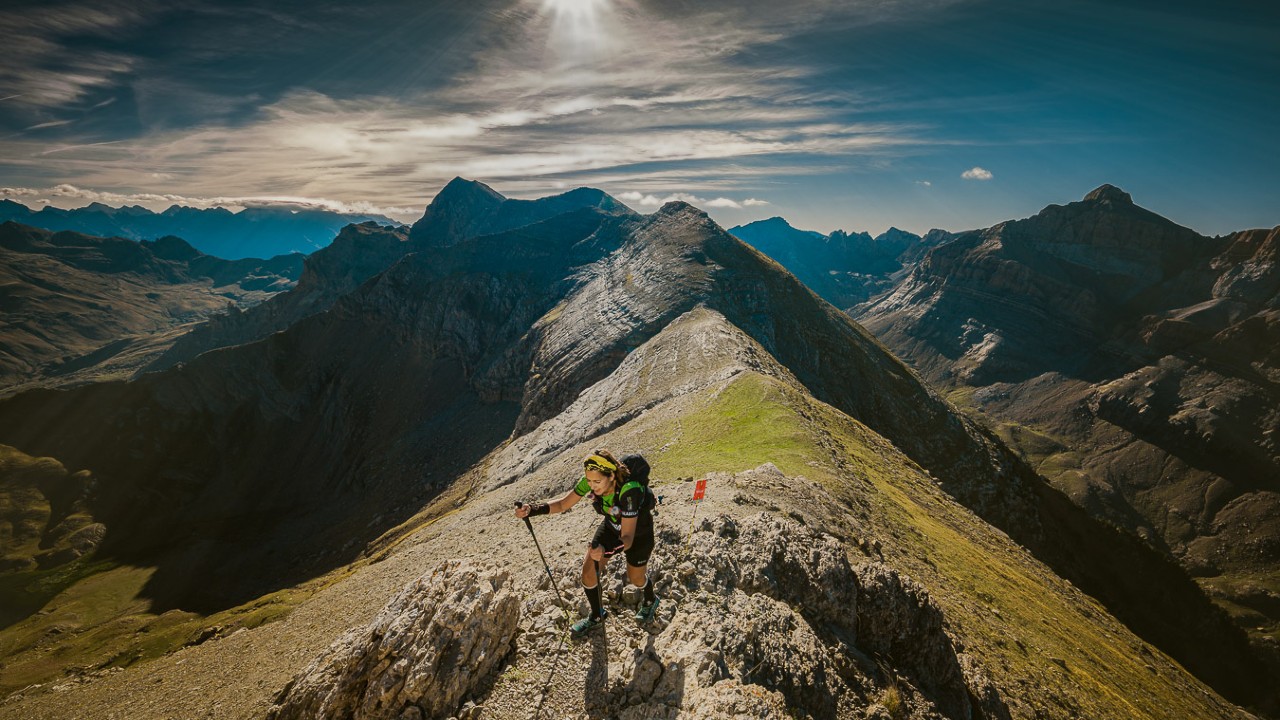
However, it can be easy to get caught out on the sunburn front when you head for the hills. That’s because as the atmosphere gets thinner, less UV radiation is filtered out. According to The Skin Cancer Foundation “UV radiation exposure increases 4 to 5 percent with every 1,000 feet above sea level.” So whether you’re heading off on an altitude training camp, or taking on a mountainous trail race. It’s important to account for the increase in UV intensity.
The clouds haven’t got you covered when it comes to sunburn risk
When the sun is blazing, we’re far more likely to reach for the sunscreen and take other protective measures. But without the visual cue of the big yellow thing in the sky, we can all make the mistake of assuming we don’t need to worry about getting sunburned when it’s cloudy out. In reality, while the clouds do block some UV, “over 90% of UV rays can still pass through cloud and cause sunburn.” (Cancer Research UK). Which is why it’s important to check the UV index, and still take protective measures, even if it’s cloudy.
How to avoid sunburn and skin damage during training and racing
So that’s the risks covered. But when you’re training for an event, or participating in an all day race such as a long distance triathlon. Simply staying out of the sun isn’t always an option. So what are the things you can do to reduce your risk of sun-related skin damage?
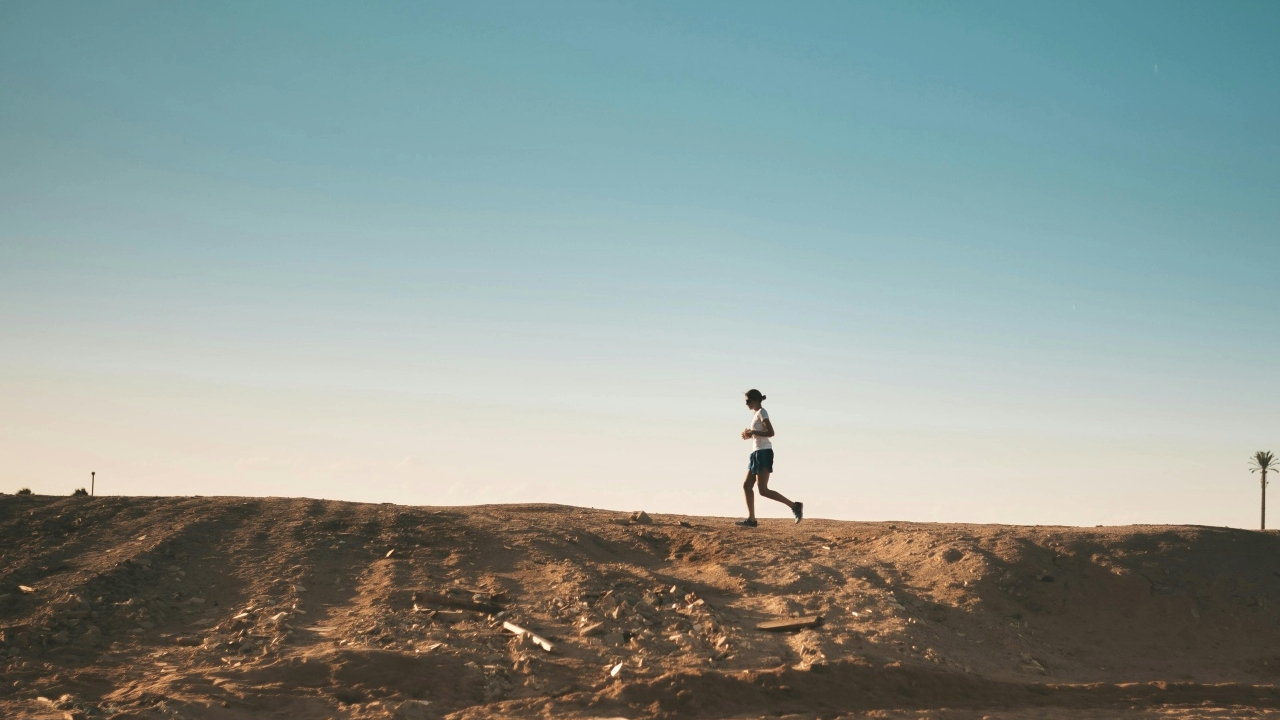
1) Use a sports-specific sunscreen
Given what some of the literature reviews have shown about the lack of sunscreen use among runners, we all need to remember to use sunscreen in the first place. But to ensure your sun protection is as effective, and comfortable, as possible. It’s also important to opt for a sports-specific sunscreen designed specifically to cope with the demands of long training sessions.
Unlike a regular sunscreen, which will wash off pretty quickly if you’re sweating heavily. A sports-specific sunscreen is water-resistant and sweat-resistant and they often have 6-8 hour wear, so you’re protected for longer. If you’re someone who dodges the sunscreen because you hate how it feels – look for sports sunscreens which also offer breathability. This will help to reduce the sticky, clammy feeling you might have experienced when trying to exercise wearing a regular sunscreen.
Are you getting enough?
It turns out that those of us who do remember to apply sunscreen, have a habit of not actually applying enough of it to get the sun protection stated on the bottle. Research on sunscreen application found that people tend to apply less than 50% of the amount of sunscreen required to get the stated level of protection.
“Be sure to wear the directed amount of sun protection (always more than you think, this should be around 30ml per application for an adult). Think of it like a gel that claims to give you 40g carbs… that’s only the case if you eat the whole thing.” Pelotan sports sunscreen
More is more when it comes to applying your sunscreen. Resist the temptation to ration your supply and apply liberally to ensure you’re fully protected!
You missed a bit…
Along with not applying enough sunscreen, the other mistake plenty of us make is missing some of the less obvious bits when we’re slathering up. While you’ll probably focus on your arms, legs and face. Don’t forget the not-so-obvious areas such as the backs of your hands and wrists, the back of your neck and the tips of your ears.
2) Train early or late in the day to avoid the peak UV radiation hours
Plan your training schedule to complete the majority of your sessions during hours when UV levels aren’t quite so high – UV levels tend to peak between 11am and 3pm when the sun is highest in the sky. If you’ve got a hot race coming up and you’re looking to deliberately train in the heat to get heat adaptations, you might want to consider doing at least some of these heat prep sessions indoors to reduce your overall UV exposure.
3) Consider your kit choices
Alongside applying sunscreen (and enough of it, in all the right places) you can also mitigate your risk of sun-related skin damage by considering what gear you wear. Simple things like opting for a t-shirt rather than a singlet and wearing a cap can help to reduce the likelihood of getting a sun burn. Look out for kit that has UPF protection woven into the fabrics, and gear that has quick-wicking, breathable properties to help manage your temperature.

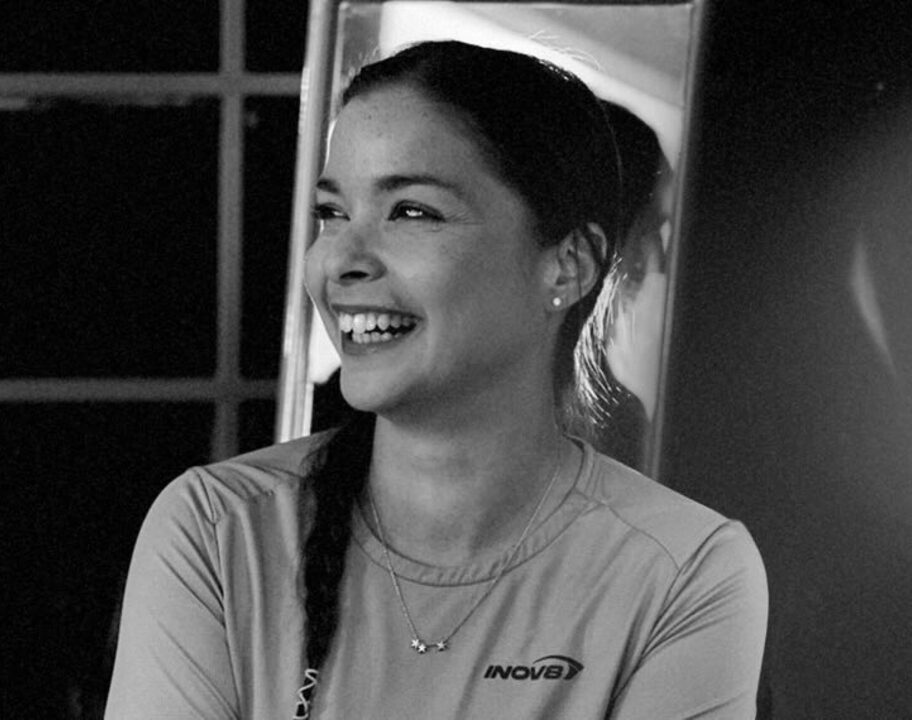
![Russ Cook completes his epic run across the entire length of Africa [Photo credit: The Snapshot People Ltd]](https://run247.com/wp-content/uploads/2024/04/Russ-Cook-completes-length-of-Africa-run-2024-912x720.jpg)
